This column was provided by CODO Design, a branding firm based in Indianapolis. They’ve worked with breweries across the United States and around the world, on naming, positioning, branding and rebranding, responsive web design and package design. If you’d like to discuss your brewery’s branding, shoot Isaac an email at [email protected].
This is the part 1 of 2 in our series examining craft brewery brand architecture.
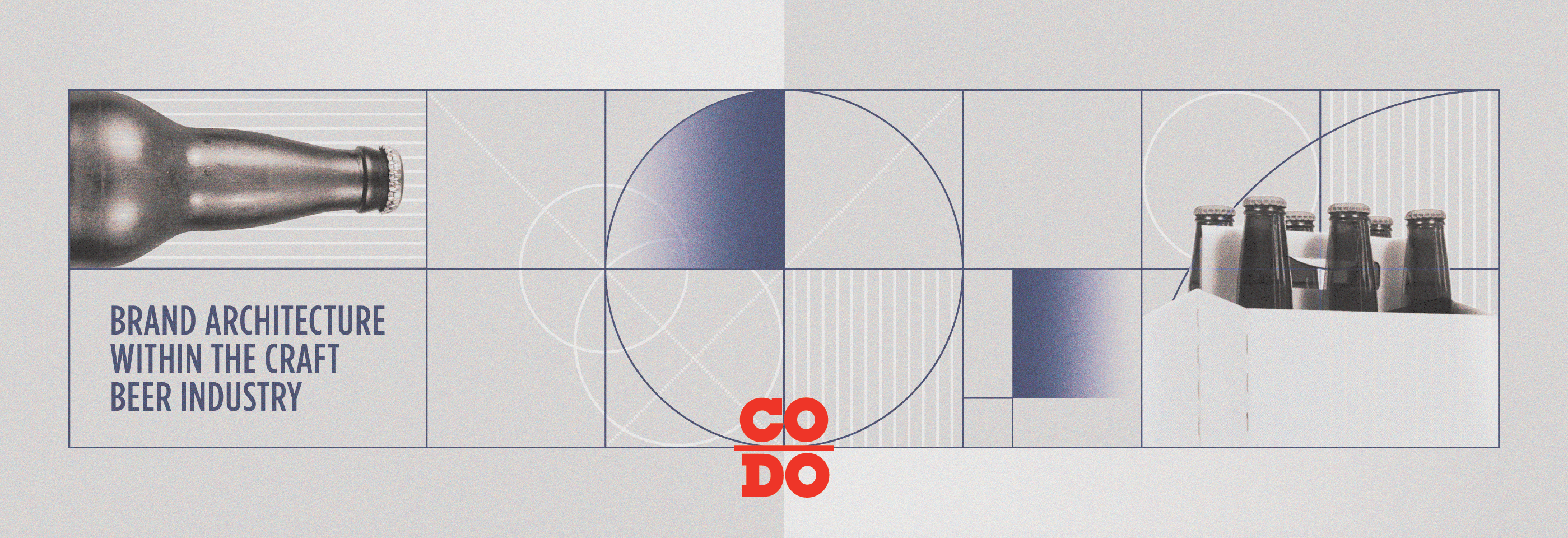
Brand architecture is a key framework you can use to determine how all of your products, current and future, interact with each other. How do specific brands relate or differ? How are they positioned and named? How are they priced, and how might these factors work in concert to help your business? You may read this and think, why do I need to think about this if I’m just opening my brewery to make beer? In this case, I would encourage you to think about what the next three to five years could bring for your brewery.
As craft beer continues to mature, we’ve worked with more and more breweries who are opening a second, third or fourth location. We’ve seen this manifest as satellite taprooms or as entirely different brewery build-outs. We’ve seen breweries launch their own hard seltzer and/or cold-brewed coffee brands. We’ve seen breweries move to open distilleries, restaurants, food trucks, dining halls, event centers and even hotel concepts. As breweries continue to redefine what they offer, we’re seeing a rise in complicated decisions that need to be made — such as: Do we use our brewery name on this new location, or should we make it more tailored to the adjacent neighborhood? If we want to open a new food concept, should we use our brewery name? Does that even make sense if we’re not brewing there?
It’s easy to get lost in the weeds, so for brevity’s sake we’ll discuss a couple common approaches you may find useful as you begin to map your brewery’s brand architecture. In an ideal world, these rules would be outlined during your foundational branding process. But, as shown in the examples above, you can grow into it down the line as you add more concepts and products to your overall offering.
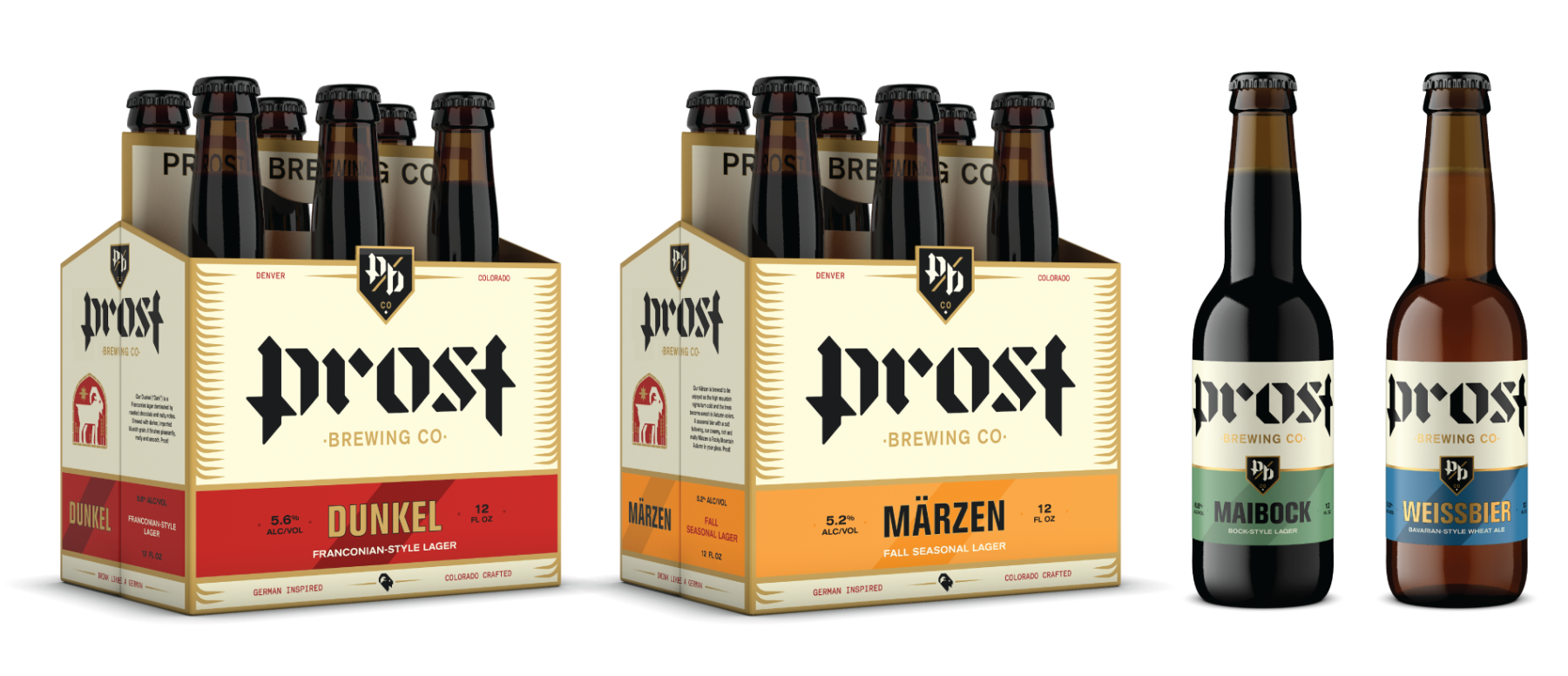
Branded house
A “branded house’” architecture centers around a strong master brand that lends its name (and often, its look) to all products in a given portfolio. In this case, each one of a brewery’s products support the main brand, without having much in the way of its own individual identity. This is the most common approach breweries bring to the market, and it’s easy to see why. Investing effort into one clear brand helps newer companies and products to build a sense of familiarity and trust.
Examples from the craft beer world: Prost Brewing Co. out of Denver names their beers as such: Prost Pilsner / Prost Dunkel / Prost Weissbier / Prost Kölsch / Prost Kellerbier. Their satellite taprooms and production brewery each bear the Prost name. This consistency creates a strong footprint as Prost continues to expand.
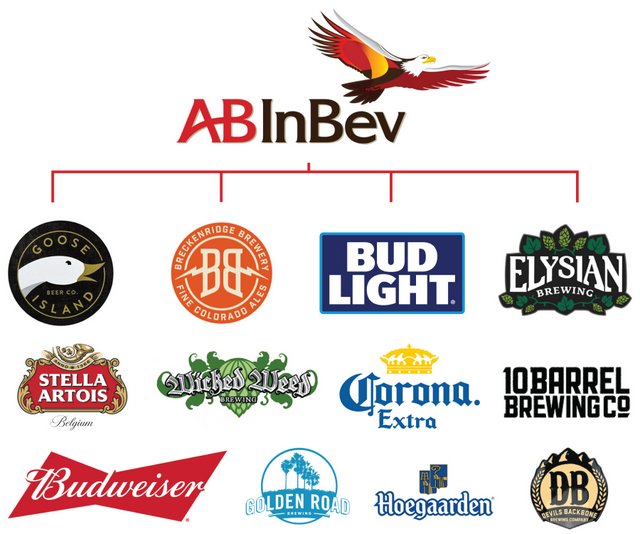
House of brands architecture [mega scale].
House of brands
A “house of brands” architecture features a de-emphasized master brand (in other words, one that falls to the background) to enable individual brands to stand on their own, at times without any direct ties to the parent company. Traditionally the stock and trade of multinational mega-corporations, this can be a valuable concept for craft breweries to employ as well.
For a mega-industry example, let’s have a look at the big boys. AB InBev owns (deep breath) Budweiser, Bud Light, Corona, Goose Island, 10 Barrel, Golden Road, Breckinridge, Wicked Weed, Elysian, Devil’s Backbone and probably a dozen more breweries by the time this article is published. While these breweries operate according the management principles and scale-minded growth of Big Beer, as far as the general customer is concerned, they all maintain their own branding, positioning and IP. Each of these individual brands compete with one another — and with other brands — at every conceivable price point and venue.
Here’s an example that may be more applicable to smaller breweries, who are more focused on opening a second location than mergers and acquisitions.
- Big Lug Canteen opened as a popular local brewpub.
- Three years later, they opened Liter House, a Bavarian brewpub concept with a scaled-up onsite production brewery.
- Added brewing capacity made it possible to start canning beer under the Big Lug banner, dropping the word “Canteen.”
- Now, they’re opening Half Liter, a Texas BBQ and German beer garden concept adjoining the Liter House concept.
Many of these concepts sit just a few miles from each other. If they had branded everything “Big Lug,” they would confuse customers and likely undercut their own market share. By creating stand-alone brands (Big Lug Canteen, Liter House, Half Liter and Big Lug Brewing), Big Lug was able to reorganize into a hospitality group (Big Lug Hospitality) and let each of their concepts flourish independently. Pretty slick moves for a little guy.
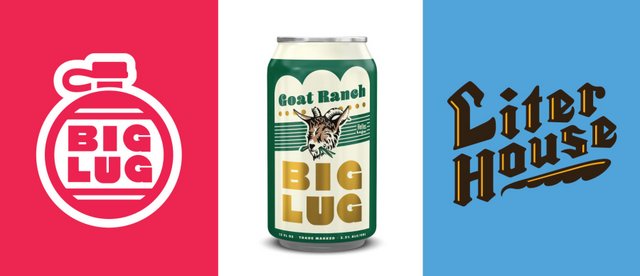
Final notes
Lean on value
If you’re stuck deciding how to bring another product into the fold, ask yourself: Will combining this new brand with your existing one create value, or create confusion? If you think the new move would confuse customers, or if you think this new brand might undercut your existing offerings, you should consider creating an entirely different name/look to operate within (the house of brands approach, if you’re keeping score).
Core purpose
Combining different concepts (branded house) is often only viable if both concepts share a common purpose or values. Working from a consistent set of guiding principles allows these efforts to work together to tell a larger narrative. If your concepts have markedly different offerings, stories and purpose, then it may make sense to keep them separated.
Whether you build a Branded House or a House of Brands, fleshing out your brand architecture will set you up with a consistent overarching ruleset. You’ll have a better handle on naming strategy, how to diversify within your beer portfolio, and how make sure you can grow without undercutting your various efforts.
In part two of this series, we’ll discuss how brand extensions, line extensions and co-branding all play into your brand’s architecture.
If you’d like to learn more about branding your craft brewery, check out CODO Design’s Craft Beer Branding Guide. This practical, step-by-step guide will help you navigate the entire branding process from naming and positioning, branding or rebranding, developing your responsive website and package design.

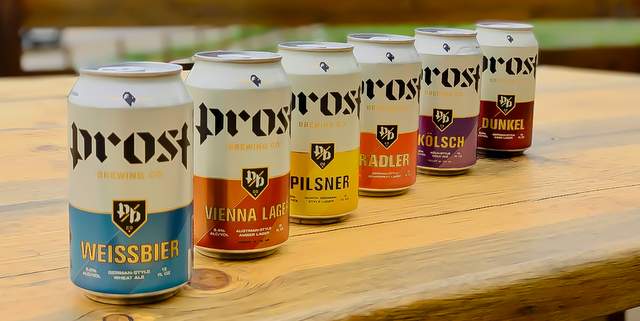
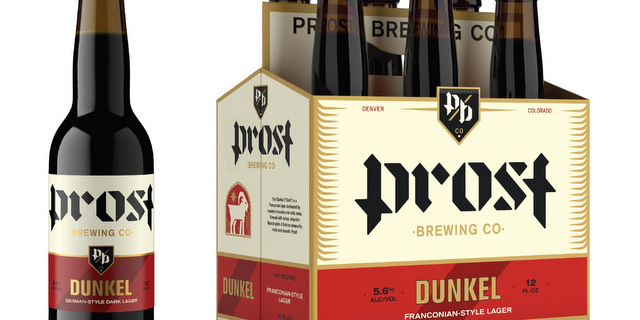
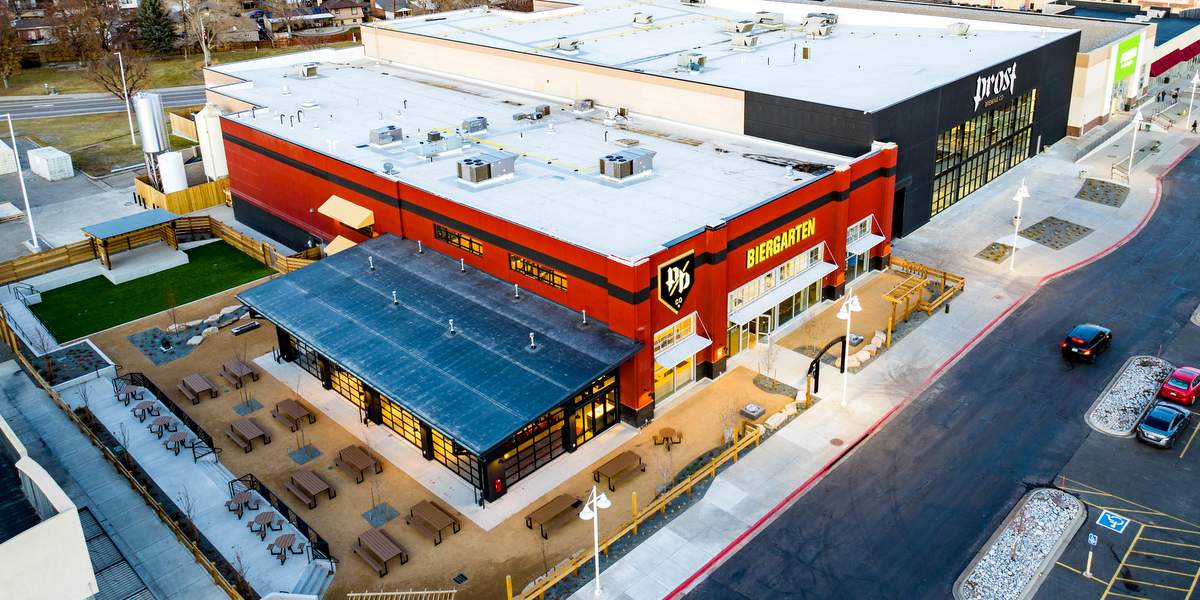
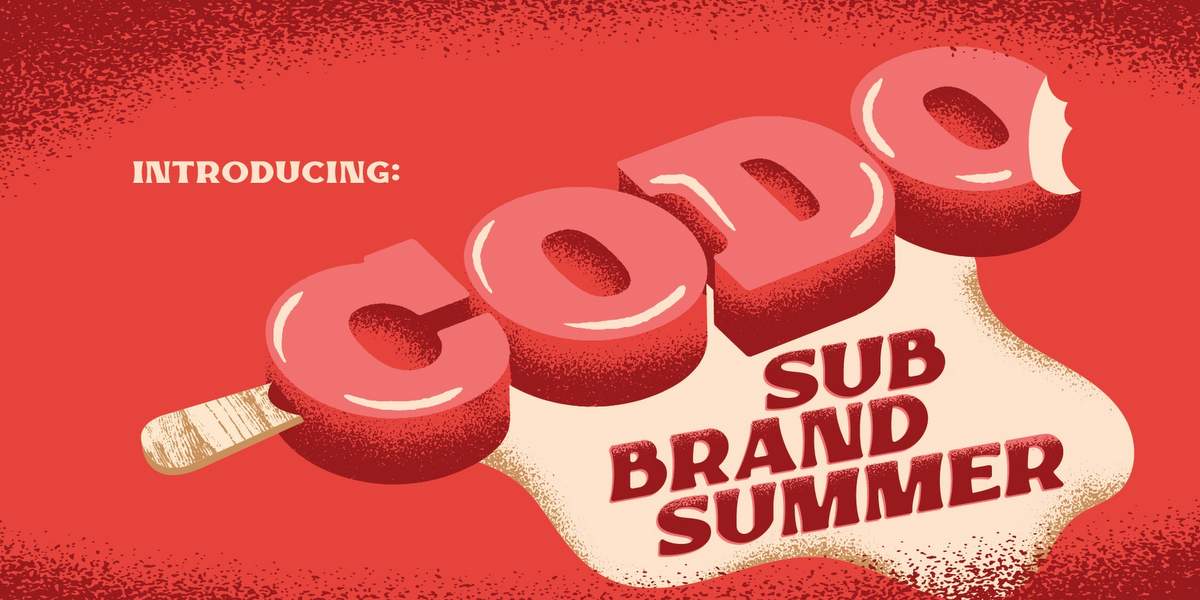
Leave a Reply
You must be logged in to post a comment.